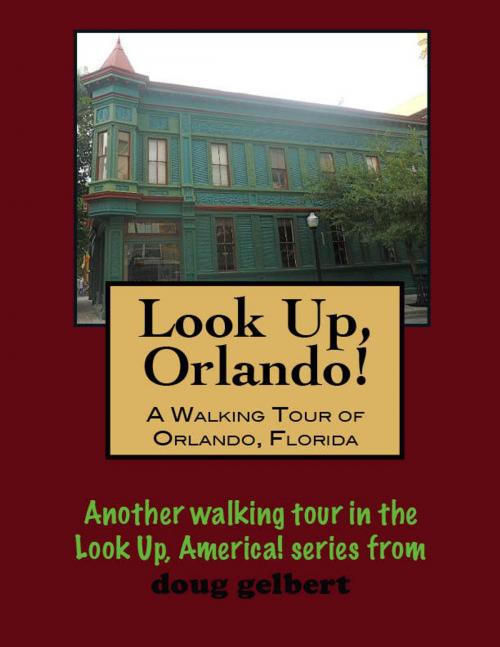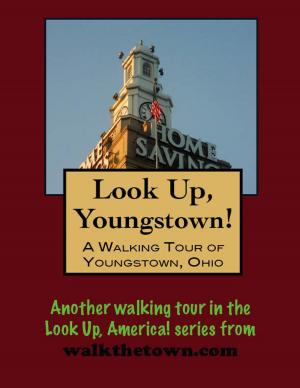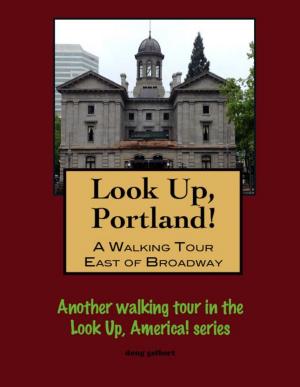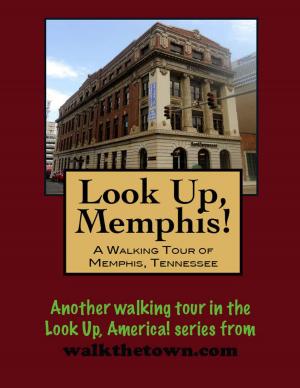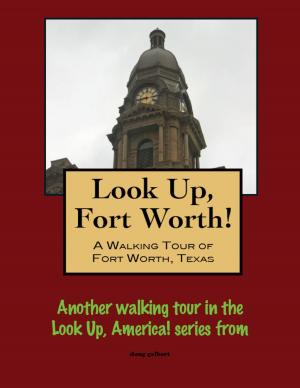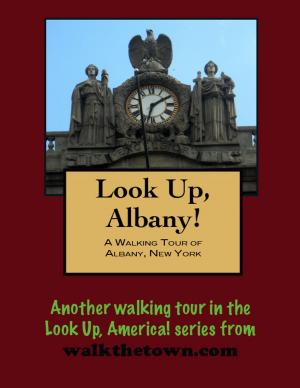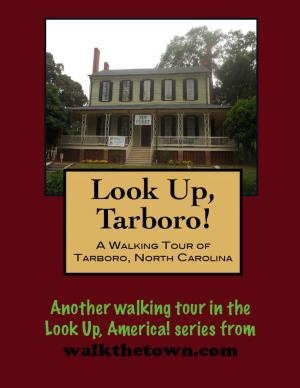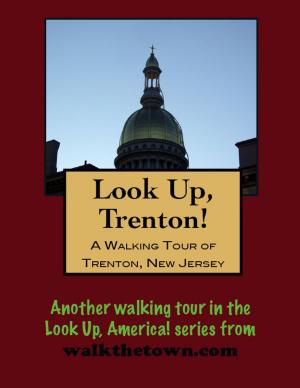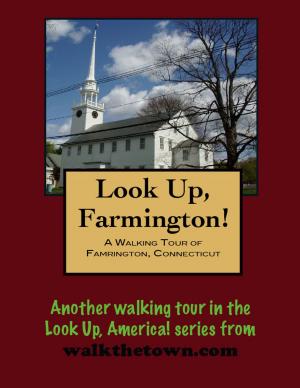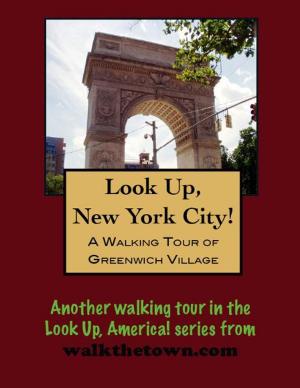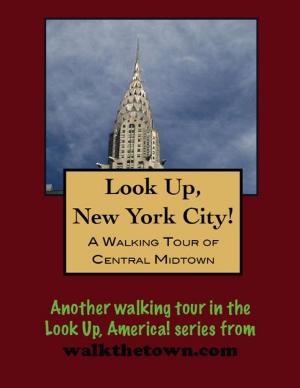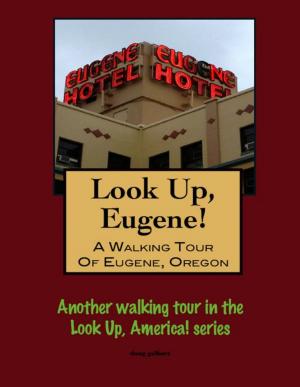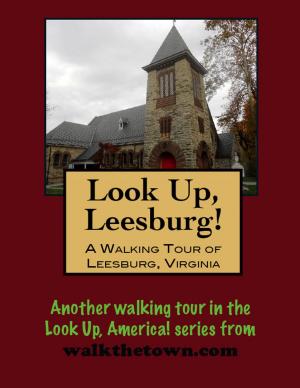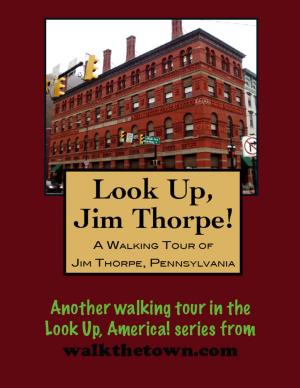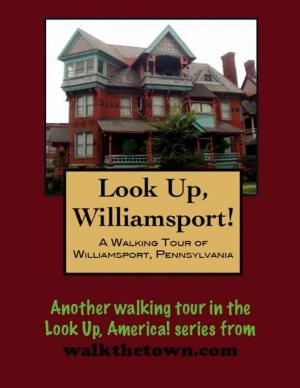| Author: | Doug Gelbert | ISBN: | 9781466014138 |
| Publisher: | Doug Gelbert | Publication: | July 6, 2011 |
| Imprint: | Smashwords Edition | Language: | English |
| Author: | Doug Gelbert |
| ISBN: | 9781466014138 |
| Publisher: | Doug Gelbert |
| Publication: | July 6, 2011 |
| Imprint: | Smashwords Edition |
| Language: | English |
There is no better way to see America than on foot. And there is no better way to appreciate what you are looking at than with a walking tour. Whether you are preparing for a road trip or just out to look at your own town in a new way, a downloadable walking tour is ready to explore when you are.
Each walking tour describes historical and architectural landmarks and provides pictures to help out when those pesky street addresses are missing. Every tour also includes a quick primer on identifying architectural styles seen on American streets.
Although it can sometimes be forgotten, there was a history to Orlando before Walt Disney arrived in 1971; in fact Orlando was Florida's largest inland city for the better part of the previous 100 years. The town owes its existence to its 111-foot elevation on a ridge from which the St. Johns River flows north and the Kissimmee River heads south. Fort Gatlin was established here in the 1830s where the drinking water was excellent and the garrison attracted a small group of intrepid settlers looking to run cattle on the wide plains of Central Florida.
One of the earliest was Aaron Jernigan, a Georgia man, who arrived with his herds in 1842. After the Army abandoned Fort Gatlin in 1848 with the cessation of hostilities with the Seminole Indians Jernigan built a small stockade and trading post. He was serving in the Florida legislature at the time as the first representative from Orange County and when the stockade received a post office in 1850 it was called Jernigan. The tiny outpost became the seat of Orange County in 1856. it would not however be Jernigan for long. Officials back in Washington heard tales of Aaron Jerdigan's militia that led them to conclude his stockade was more problematic than the local Indians and he was relieved of is military command. The discussion to strip his name for the settlement led to "Orlando." It may have been an honorific to Orlando Reeves (or Rees), a Fort Gatlin sentinel slain by Indians in 1845, or a nod to William Shakespeare's romantic male lead in As You Like It. The true source of the town's name is lost in the fog of history.
W.H. Holden established the first commercial citrus grove near Orlando in 1866 with seeds from fruit trees he found growing on his 100 acres. By the 1870s Orlando emerged as the center of Florida's citrus industry.The Great Freeze of 1895 ruined the citrus trees and half of the area's groves were abandoned. As the remaining citrus growers reorganized, the city became a popular resort destination for a newly mobile America. Many of those tourists would come back to retire as the population tripled from 3,894 in 1910 to 9,282 in 1920 and tripled again to 27,330 by 1930.
Orlando would be forever changed in 1965 when Walt Disney announced plans for Walt Disney World to be constructed in Orlando. Almost as soon as Disneyland opened in California in 1958 and became an immediate success, Disney set his sights on a second park in Florida. Disney rejected the population centers of Miami and Tampa because of potential hurricane damage along the coast and began gobbling up acres of cheaper Central Florida land. Disney World opened in 1971 and soon spawned satellite parks and entertainment complexes. Today, Orlando is the most visited city in America.
Our walking tour of Orlando will begin where traces of many of the town's historical influences can be found: there is an amphitheater named for Walt Disney, there is a monument to the location where the unfortunate Orlando Reeves supposedly met his end, and there is a Shakespeare Festival each April staged by the University of Central Florida where dashing Orlando occasionally appears on stage to find happiness in the Forest of Arden...
There is no better way to see America than on foot. And there is no better way to appreciate what you are looking at than with a walking tour. Whether you are preparing for a road trip or just out to look at your own town in a new way, a downloadable walking tour is ready to explore when you are.
Each walking tour describes historical and architectural landmarks and provides pictures to help out when those pesky street addresses are missing. Every tour also includes a quick primer on identifying architectural styles seen on American streets.
Although it can sometimes be forgotten, there was a history to Orlando before Walt Disney arrived in 1971; in fact Orlando was Florida's largest inland city for the better part of the previous 100 years. The town owes its existence to its 111-foot elevation on a ridge from which the St. Johns River flows north and the Kissimmee River heads south. Fort Gatlin was established here in the 1830s where the drinking water was excellent and the garrison attracted a small group of intrepid settlers looking to run cattle on the wide plains of Central Florida.
One of the earliest was Aaron Jernigan, a Georgia man, who arrived with his herds in 1842. After the Army abandoned Fort Gatlin in 1848 with the cessation of hostilities with the Seminole Indians Jernigan built a small stockade and trading post. He was serving in the Florida legislature at the time as the first representative from Orange County and when the stockade received a post office in 1850 it was called Jernigan. The tiny outpost became the seat of Orange County in 1856. it would not however be Jernigan for long. Officials back in Washington heard tales of Aaron Jerdigan's militia that led them to conclude his stockade was more problematic than the local Indians and he was relieved of is military command. The discussion to strip his name for the settlement led to "Orlando." It may have been an honorific to Orlando Reeves (or Rees), a Fort Gatlin sentinel slain by Indians in 1845, or a nod to William Shakespeare's romantic male lead in As You Like It. The true source of the town's name is lost in the fog of history.
W.H. Holden established the first commercial citrus grove near Orlando in 1866 with seeds from fruit trees he found growing on his 100 acres. By the 1870s Orlando emerged as the center of Florida's citrus industry.The Great Freeze of 1895 ruined the citrus trees and half of the area's groves were abandoned. As the remaining citrus growers reorganized, the city became a popular resort destination for a newly mobile America. Many of those tourists would come back to retire as the population tripled from 3,894 in 1910 to 9,282 in 1920 and tripled again to 27,330 by 1930.
Orlando would be forever changed in 1965 when Walt Disney announced plans for Walt Disney World to be constructed in Orlando. Almost as soon as Disneyland opened in California in 1958 and became an immediate success, Disney set his sights on a second park in Florida. Disney rejected the population centers of Miami and Tampa because of potential hurricane damage along the coast and began gobbling up acres of cheaper Central Florida land. Disney World opened in 1971 and soon spawned satellite parks and entertainment complexes. Today, Orlando is the most visited city in America.
Our walking tour of Orlando will begin where traces of many of the town's historical influences can be found: there is an amphitheater named for Walt Disney, there is a monument to the location where the unfortunate Orlando Reeves supposedly met his end, and there is a Shakespeare Festival each April staged by the University of Central Florida where dashing Orlando occasionally appears on stage to find happiness in the Forest of Arden...
